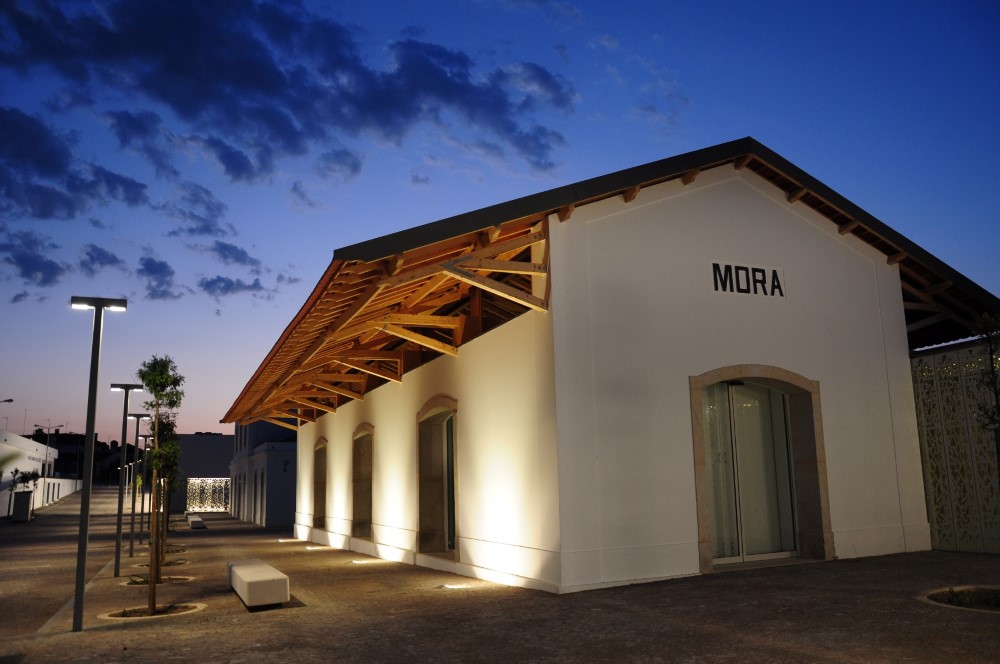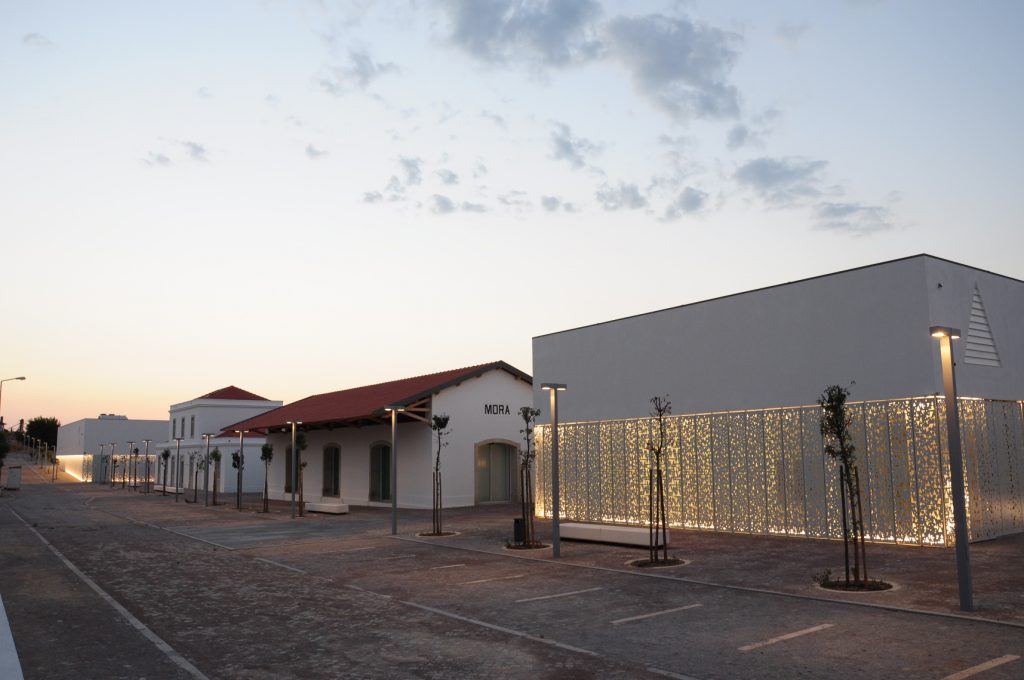 The Interactive Museum of Megalithism in Mora already has the website up and running, with all the information about the most recent cultural space in Alentejo.
The Interactive Museum of Megalithism in Mora already has the website up and running, with all the information about the most recent cultural space in Alentejo.
Located practically in the center of the village of Mora, a few kilometers from the Fluviário, the Museum of Megalithism, unique at national level, is the realization of an old dream of the municipality, in the sense of valuing the vast and rich megalithic heritage existing in the county.
Schedules, offers, price list and dozens of photographs illustrate the nova página of the Museum.
Inaugurated on 15 September 2016, the Museum integrates and rehabilitates the former Mora Station, as well as two new buildings for the museum nucleus and the cafeteria area.
The old structure houses leisure spaces for young people and children, with an internet room and library, which access is free, plus an activities room with several interactive games, which, in a playful way, expand our knowledge.
Built from scratch, the 750 square meter museum space follows the modeling of the terrain, and includes three spaces that represent the daily lives of populations: Life, Death and Contemplation. Here, the visitor is welcomed by a 3D film, which portrays life in a Neolithic village, and makes us travel back in time.
The different interactive tables allow the visitor to access information about the exhibits, some with more than six thousand years old, discover how excavations are carried out and set out to discover the wonderful world of megalithism. On the way, the visitor will have been surprised by the unusual presence of a life-size man making slate slabs…
The several hundred pieces on display, mostly donated by the National Archaeological Museum, come from dozens of archaeological excavations, which, in the Municipality of Mora, began in 1914, with Vergílio Correia, resulting in the work El Neolithic de Pavía, edited in 1921.
The four buildings of the Museum are interconnected by a corridor protected with metal plates, whose small openings symbolize the geometry of the shale slabs.


















Comments